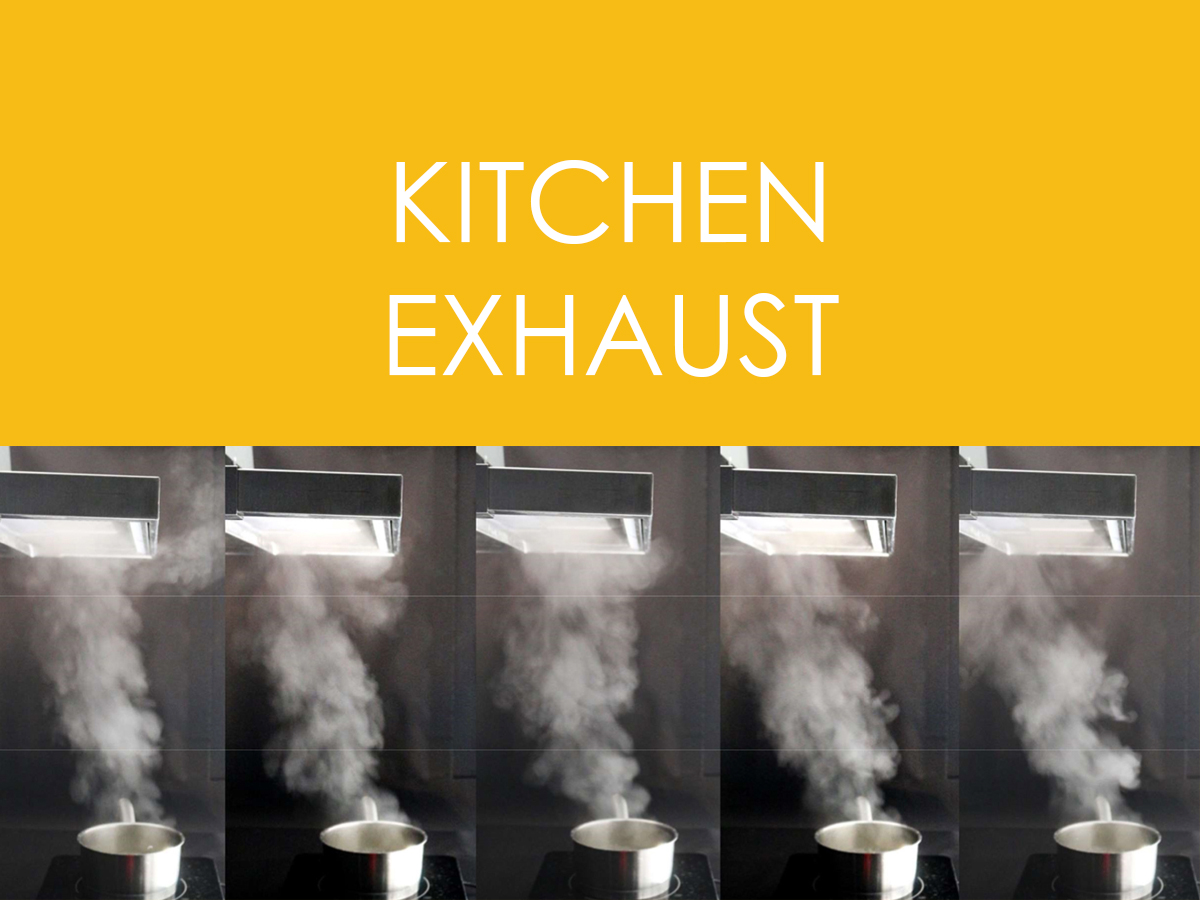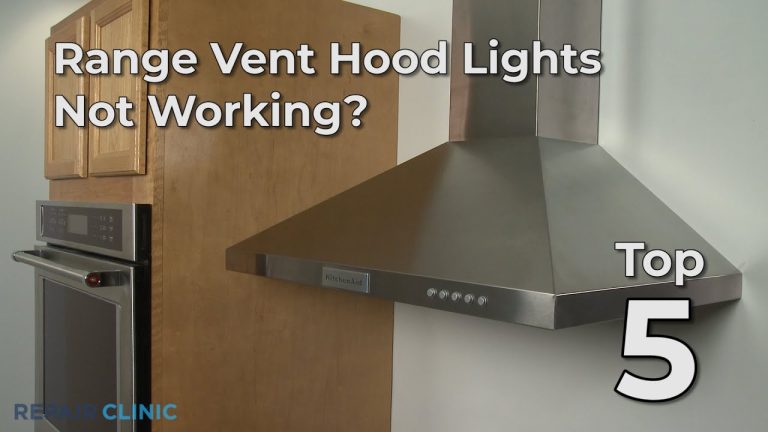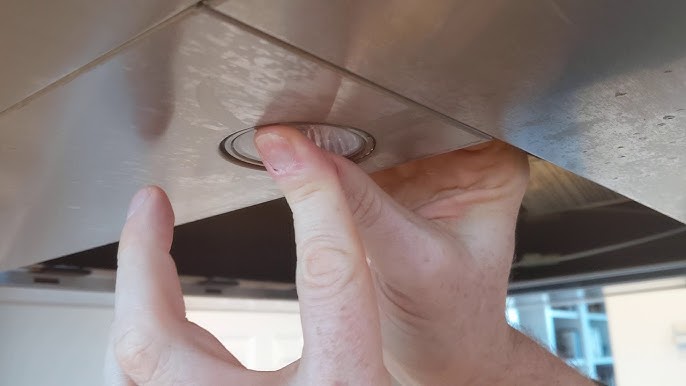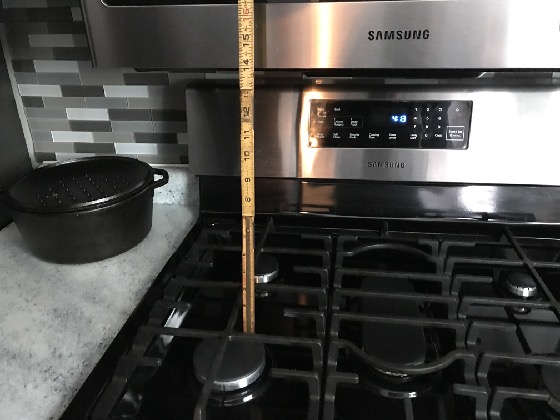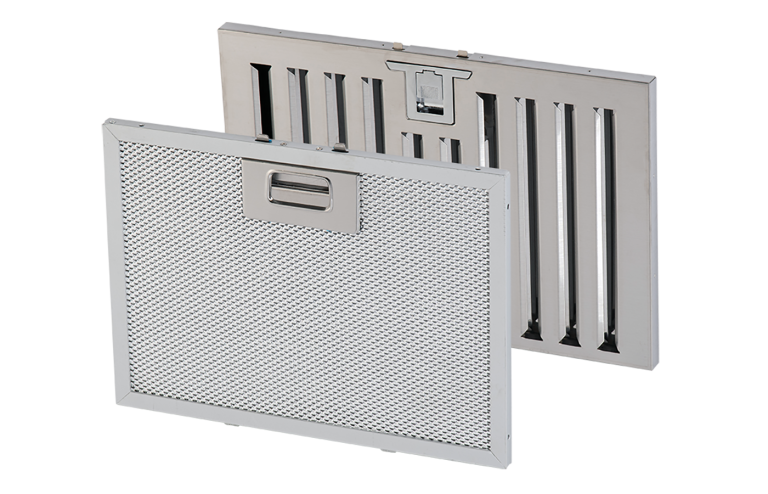Residential kitchen exhaust hoods in California must comply with the California Mechanical Code and local building regulations. They should effectively remove smoke, grease, and odors while ensuring proper ventilation.
Proper ventilation is crucial for maintaining air quality in residential kitchens. California’s climate and cooking practices create unique challenges, necessitating effective exhaust systems. A well-installed kitchen exhaust hood not only enhances comfort but also prevents grease buildup, which can lead to fire hazards.
Homeowners should prioritize selecting hoods that meet local codes and fit their cooking styles. Understanding the requirements helps ensure safety and efficiency in the kitchen. Investing in the right exhaust hood protects health and enhances the cooking experience. Familiarity with these regulations can save homeowners time and money in the long run.
Introduction To California Kitchen Exhaust Standards
Proper ventilation is essential in any kitchen. It helps remove smoke, heat, and odors. This keeps the air clean and safe for cooking.
California has strict exhaust hood regulations. These rules ensure that kitchens maintain good air quality. They also help prevent fire hazards. A well-designed exhaust system can improve energy efficiency.
| Key Objectives | Description |
|---|---|
| Air Quality | Maintains a healthy environment in kitchens. |
| Fire Safety | Reduces the risk of fires from grease buildup. |
| Energy Efficiency | Improves energy use in kitchen operations. |
California Building Code Compliance
The California Building Code sets specific standards for kitchen exhaust hoods. Compliance is essential for safety and efficiency. The current code edition must be followed for any new installations.
All kitchen exhaust systems need permits before installation. A licensed contractor usually handles this process. After installation, inspections are mandatory to ensure compliance with the code.
| Requirement | Description |
|---|---|
| Permits | Required before installation of exhaust hoods. |
| Inspections | Necessary after installation to confirm compliance. |
Types Of Residential Kitchen Exhaust Hoods
Two main types of residential kitchen exhaust hoods exist: ducted and ductless. Ducted hoods vent air outside. They are more effective at removing smoke and odors. Ductless hoods filter air and recycle it back. They are easier to install but less efficient.
Material choice affects durability and performance. Stainless steel is a popular option. It resists rust and is easy to clean. Other materials include aluminum and plastic, but they may not last as long. Design matters too. A sleek, modern look can enhance kitchen aesthetics.
Consider fan power as well. A stronger fan removes air better. Look for units with adjustable speeds for flexibility. Always check local building codes before installation.
Installation Parameters
Proper sizing and positioning of kitchen exhaust hoods is essential for safety and efficiency. Choose a hood that matches the size of your stove. A hood should extend at least 3 inches beyond the edges of the cooking surface.
Mount the hood at a height of 24 to 30 inches above the cooktop. This height allows for effective ventilation without obstructing your view. Ensure the hood is level and securely attached to the wall or ceiling.
Electrical and mechanical requirements are vital for proper hood operation. Use a dedicated circuit for the exhaust fan to avoid overloads. The fan should have a minimum CFM rating of 100 for effective airflow.
Check local codes for specific wiring and ventilation standards. Always use flexible ducting for better airflow. Regular maintenance ensures the hood operates efficiently and safely.
Ventilation Performance Standards
California requires specific ventilation performance standards for residential kitchen exhaust hoods. CFM ratings are crucial for measuring airflow efficiency. A higher CFM means better ventilation. Most homes need at least 300 CFM for proper air circulation.
Noise levels must also comply with regulations. The maximum allowed noise level is 60 dBA. This ensures a quiet cooking environment. Choosing a hood with sound-absorbing materials can help meet this standard.
| CFM Rating | Recommended Use |
|---|---|
| 300 – 600 CFM | Standard cooking tasks |
| 600 – 900 CFM | Heavy cooking tasks |
| 900+ CFM | Commercial kitchens |

Credit: prolinerangehoods.com
Make-up Air Requirements
Make-up air is essential for maintaining proper indoor air quality. Balancing indoor air pressure helps control humidity and odors. A well-functioning kitchen exhaust hood removes smoke and fumes effectively. It is important to introduce fresh air to replace the air being exhausted.
Automated systems adjust air intake based on the hood’s operation. This ensures constant balance without manual intervention. Manual systems require regular monitoring and adjustments by users. They can be less efficient but may be more cost-effective initially.
| Feature | Automated Systems | Manual Systems |
|---|---|---|
| Adjustment | Automatic | Manual |
| Efficiency | High | Variable |
| Cost | Higher Initial Cost | Lower Initial Cost |
Fire Safety And Grease Control
Fire suppression systems are vital for kitchen safety. They help control flames quickly. Automatic systems can save lives and property. Regular inspections ensure they work properly.
Cleaning and maintenance are crucial for exhaust hoods. Grease buildup can cause fires. Clean hoods at least once a month. Use safe cleaning products to avoid damage. Hire professionals for deep cleaning.
Establish a routine for checks. Look for signs of wear or damage. Replace parts as needed to keep the system safe. Always follow local codes for safety standards.

Credit: homeguide.com
Energy Efficiency And Environmental Considerations
Choosing an ENERGY STAR Certified Hood can greatly reduce energy use. These hoods meet strict energy efficiency guidelines. They help keep your kitchen air clean and safe.
Using these hoods also lowers your utility bills. This is good for your wallet and the environment. Look for models with high CFM (cubic feet per minute) ratings. A higher CFM means better air movement.
| Feature | Benefit |
|---|---|
| ENERGY STAR Certification | Lower energy costs |
| High CFM Ratings | Improved air quality |
| Quiet Operation | Less noise in the kitchen |
Reducing environmental impact is key. Select hoods that use less energy. This choice helps create a healthier planet.
Navigating Local Regulations And Variances
California has specific regulations for residential kitchen exhaust hoods. Understanding local amendments is essential. Each city may have its own rules. Check with your local building department for accurate information.
Variances can be granted under certain conditions. These allow for modifications to standard requirements. A homeowner must provide valid reasons for the variance request. Common reasons include space limitations or unique architectural features.
| Criteria for Variance | Description |
|---|---|
| Space Constraints | Limited area for standard hood installation. |
| Design Challenges | Unique home features requiring custom solutions. |
| Safety Concerns | Ensuring fire safety while meeting code. |
Common Pitfalls And Compliance Tips
Many people face installation errors with kitchen exhaust hoods. Proper placement is key. Ensure the hood is at the right height above the cooking surface. This helps with efficiency and safety.
Always check local codes. These codes can change often. Staying updated is crucial for compliance. Regularly review updates from the California Building Standards Commission.
Using a qualified professional for installation reduces mistakes. They know the latest requirements and can help avoid costly errors. A well-installed hood ensures proper ventilation and safety in your kitchen.
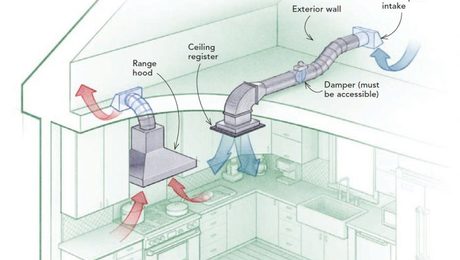
Credit: www.greenbuildingadvisor.com
Frequently Asked Questions
What Are Kitchen Exhaust Hood Requirements In California?
In California, kitchen exhaust hood requirements focus on safety and efficiency. They must comply with local building codes and the California Mechanical Code. This includes proper ventilation, installation height, and fire suppression systems. Ensuring compliance helps prevent fire hazards and maintains air quality in your kitchen.
Do I Need A Permit For A Kitchen Exhaust Hood?
Yes, a permit is usually required for installing a kitchen exhaust hood in California. This ensures the installation meets local safety standards and regulations. It’s essential to check with your local building department for specific requirements. Obtaining a permit can prevent potential fines and ensure compliance.
How Often Should I Clean My Kitchen Exhaust Hood?
You should clean your kitchen exhaust hood at least every six months. If you cook frequently or use high-fat foods, quarterly cleanings are recommended. Regular cleaning helps prevent grease buildup, reducing fire risks. It also improves ventilation efficiency, keeping your kitchen air quality safe and pleasant.
What Types Of Kitchen Exhaust Hoods Are Allowed?
California allows various types of kitchen exhaust hoods, including wall-mounted, island, and under-cabinet models. Each type must comply with local codes and ventilation requirements. Choosing the right type depends on your kitchen layout and cooking habits. Consulting a professional can help you make the best choice.
Conclusion
Understanding residential kitchen exhaust hood requirements in California is essential for every homeowner. Compliance ensures safety and efficiency in your kitchen. Proper installation can prevent fire hazards and improve air quality. Stay informed about local regulations to protect your home and family.
A well-functioning exhaust hood enhances your cooking experience significantly.
